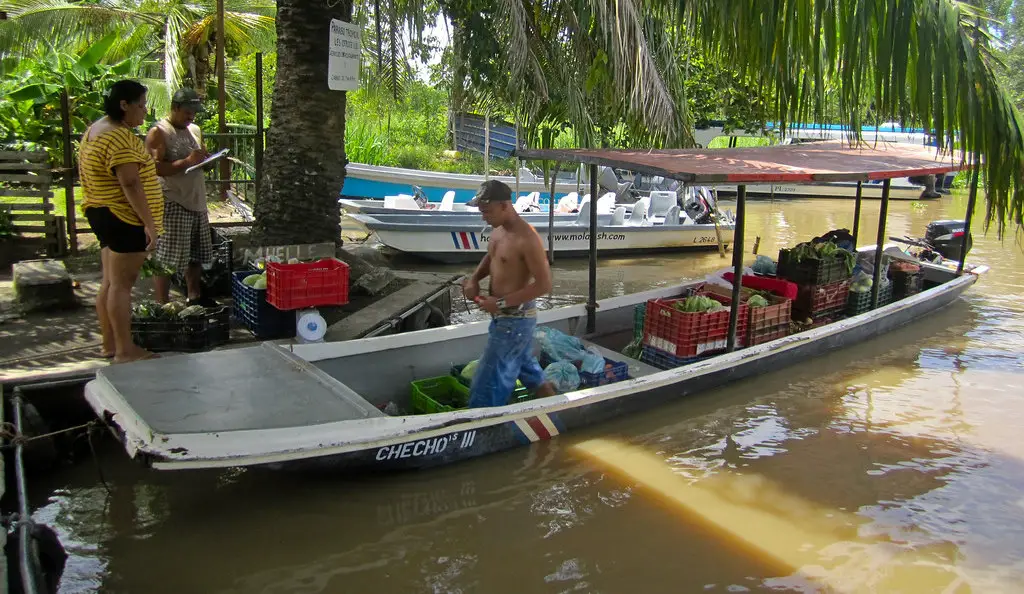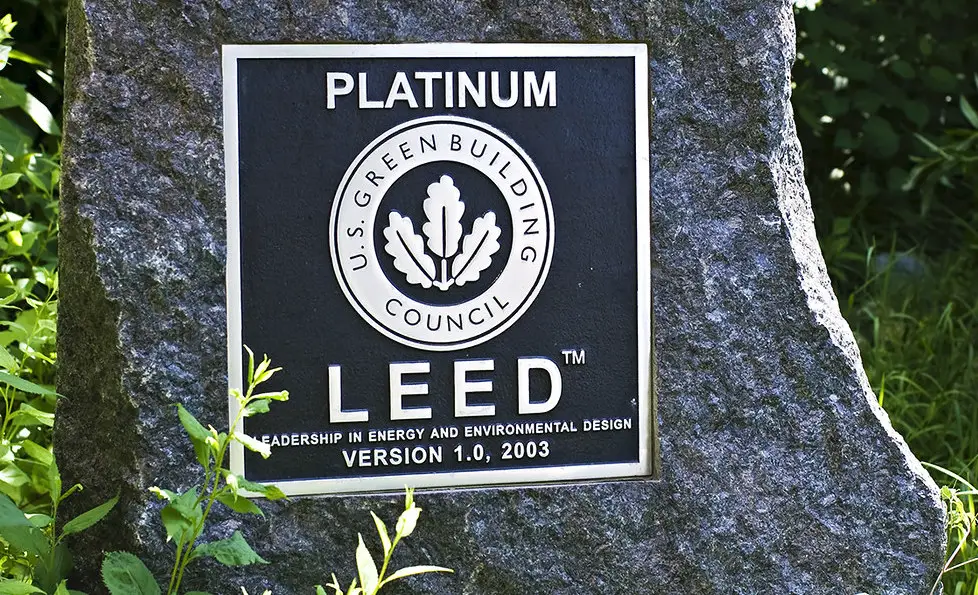In 2012, Sharon Gochenour contributed an article to This Big City on the evolution of Kansas City’s visual identity, looking at the city’s attempt to rebrand itself with the slogan ‘The Fountain City’. That post has since resulted in numerous readers getting in touch to share their own city’s slogan. Here’s some of my favourites and what they might mean:
Chicago, United States: Second to None
For decades, Chicago was the second most-populated city in the United States, earning the nickname ‘the second city’. While writing this post, a Chicago native informed me that this nickname was originally inspired by the city’s reconstruction in the 19th century, going on to be repurposed for the above reason. Keen to shake off this less-than-positive label, the city of Chicago adopted the slogan ‘Second to None’ in 2011.
Edinburgh, Scotland: Inspiring Capital
This play on words from the capital of Scotland referenced the city’s successful financial district, as well as suggesting visitors to the city will find their visit inspiring. Find this uninspiring? The city’s marketing agency famously once proposed the slogan ‘incredinburgh’ which was roundly mocked and swiftly abandoned.
Amsterdam, the Netherlands: Iamsterdam
Perhaps one of the most successful city slogans for the urban tourism era, Amsterdam’s iconic ‘Iamsterdam” sign is located outside the Rijksmuseum, laying the foundation for visitors to form a personal connection with the city, and also providing that essential selfie spot. The sign attracts so many visitors that the city is considering its removal.
Brisbane: Australia’s New World City
Brisbane – Australia’s third-largest city – uses this slogan to brand itself as a globally-connected city while also referencing the multicultural background of its population.
Hamilton, Canada: The Waterfall Capital of the World
Unless I’m missing something, there’s not much hidden meaning behind this slogan. With a population of approaching 600,000 and 126 waterfalls (that’s 1 waterfall for every 4,761 people, maths fans), Hamilton is selling itself on the one thing no other city has. Or the 126 things no other city has.
Dunedin, New Zealand: It’s All Right Here
Dunedin is affectionately mocked by many Kiwis as the least interesting of New Zealand’s cities, though in recent years its confidence has grown. Playing with their local reputation, the slogan “it’s all right here” was adopted, suggesting that the city is more than alright – it has all you might need.
Rochester, United States: The Flour City/The Flower City
The Village of Rochesterville’s economy was built around flour mills in the early 19th century, but as the economy shifted towards farming and several seed companies set up in the local area, the slogan pivoted like the economy did.
Kazan, Russia: Where Europe Meets Asia
This city in north-west Russia is located, if you hadn’t already worked it out, on the edge of Europe and Asia, with the slogan referencing the city’s unique geographical location as well as the culture of the city.
Sydney, Australia: City of Villages
Sydney’s slogan supposedly describes the many distinct communities that exist within the city’s boundaries, but it also seems to reference the sprawling city’s low density built environment (probably not intentionally). And with Barry O’Farrell, the Premier of New South Wales, eager for further development on the the city edges, Sydney may soon have more villages within its boundaries.
Albuquerque, United States: The Duke City
There’s no wordplay or geographical subtleties here. Instead, New Mexico’s largest city is referencing its history, when 18th century Spanish colonists were granted permission to start a city, choosing to name it after Spain’s Duke of Albuerquerque. After shedding a few excess letters, as Americans love to do, Albuquerque was born.
Photo: fonticulus. This is an updated version of a post originally published in July 2012.


